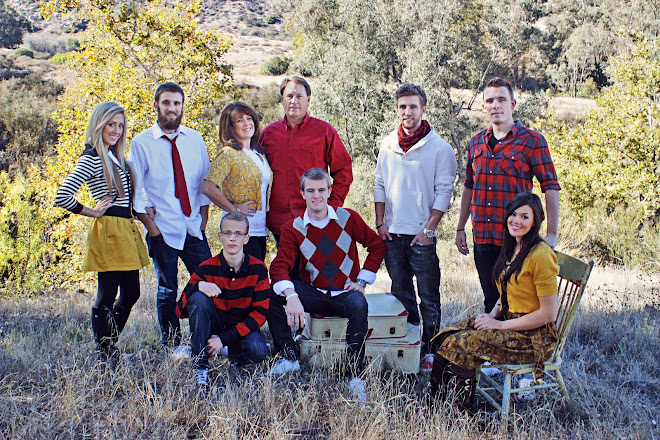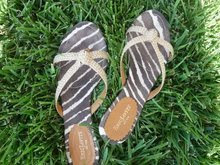Okay, hope this helps with the questions that were asked...
In Rev. 22:2, the tree of life is said to have twelve branches with "twelve manner of fruits," evidently representing the twelve tribes of Israel. Its leaves are "for the healing of the nations," reminding us of God's promise that the nations of the world would be blessed through Abraham's seed (Gen. 12:3;22:18). Hugh Nibley, Since Cumorah (john A. Tvedtnes), FARMS Review of Books, vol. 2 (1990), p.179
The FN to the 12 tribes is this:
Cf. the parable of the twelve olive trees in D&C 101:44-45.
This is what the student manual says:
Revelation 22:2,14
After the Fall of Adam and Eve, the way to the tree of life was closed so that they would have a time to repent, be tested, and in all ways prepare themselves to partake of this great blessing (see Alma 12:22–26; 42:2–5; Moses 4:31). John saw that the fruit of the tree of life was available to all in the celestial world. Having the tree of life available shows that all of the effects of the Fall have been overcome in this place. The Tree of Life New Testament Student Study Guide, p. 178
Ridges says the fruit is the benefits of living the gospel and the healing is what the gospel can do for nations
We cannot always tell which items are literal and which are figurative. That is, we do not always know when the scriptures are giving us symbolic imagery or when they provide a record of literal events. We know, for example, that there was an Adam and an Eve, that there was a Garden of Eden, and that the Fall was an actual historical event. But what of the "rib story?" Was Eve really created from Adam's rib, or is the scripture pointing to a greater doctrinal reality? And what of the trees in the garden and the fruit? Elder McConkie has written: "As to the fall, the scriptures set forth that there were in the Garden of Eden two trees. One was the tree of life, which figuratively refers to eternal life; the other was the tree of knowledge of good and evil, which figuratively refers to how and why and in what manner mortality and all that appertains to it came into being. . . . Eve partook without full understanding [see 1 Timothy 2:14]; Adam partook knowing that unless he did so, he and Eve could not have children and fulfill the commandment they had received to multiply and replenish the earth." In short, to say that Adam and Eve partook of the forbidden fruit is to say that they "complied with whatever the law was that brought mortality into being." Robert L. Millet, The Power of the Word: Saving Doctrines from the Book of Mormon, p.652.
Imagery, too, helps teach memorably and vividly the covenants of the Lord. Repeated references to literal or figurative images such as trees (especially the tree of life), water, dust, light, and fire confirm the purpose and power of covenants. The Book of Mormon, Designed for Our Day, FARMS Review of Books, vol. 2 (1990), p.14
























6 comments:
I bet after studying this, alot of answers can be found in the Temple.
Lots to think about that I had never before pondered.
You are so spiritual, I just love your insights!
i love this. keep it coming.
"morsels of manna"...perfect.
Just wanted you to know that your timing of posting this was amazing to my life. When I opened the Ensign to read the VT message tonight-(put a big P on my forehead for procrastinate)it was about studying the scriptures and I remembered your post and I signed on and BEHOLD there was another one and I used it in my lesson because it had such a profound effect on me.(loving the run on sentence) I have read about the tree of life a hundred times and never got that from it--THANK YOU SO MUCH FOR SHARING!!!!!
beautiful.... and thought provoking! i love it.
Post a Comment